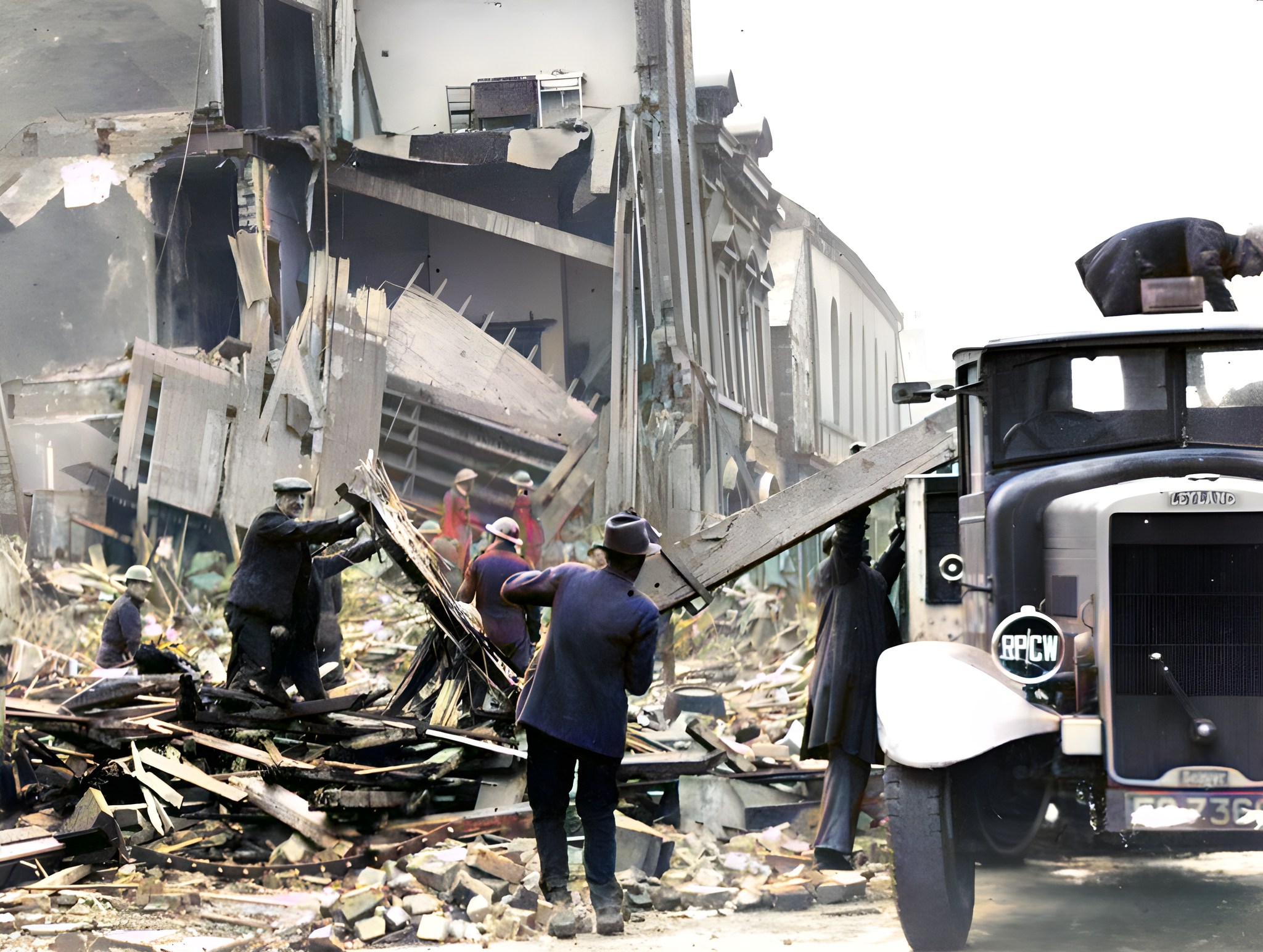 >
>
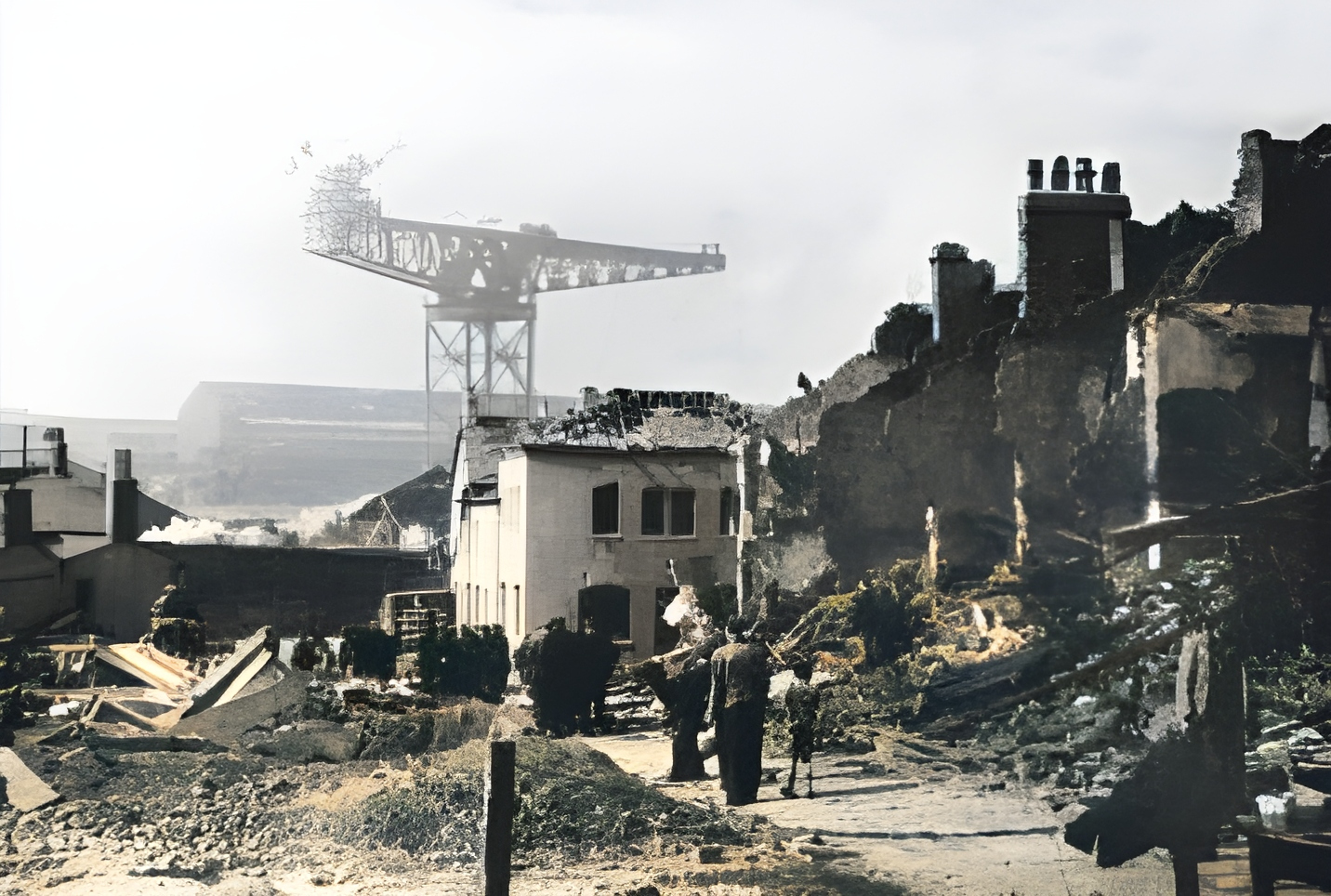 >
>
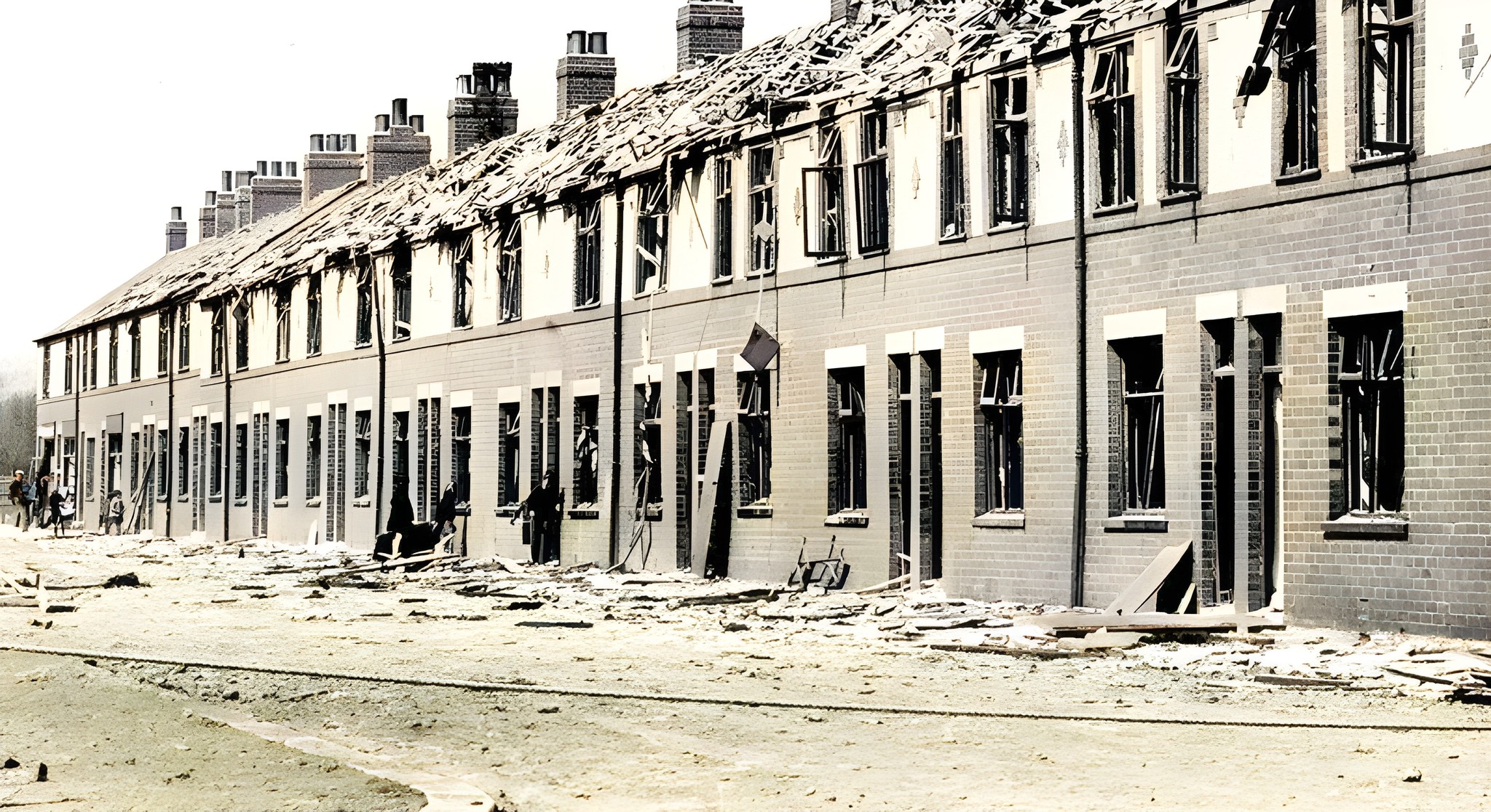 >
>
 >
>
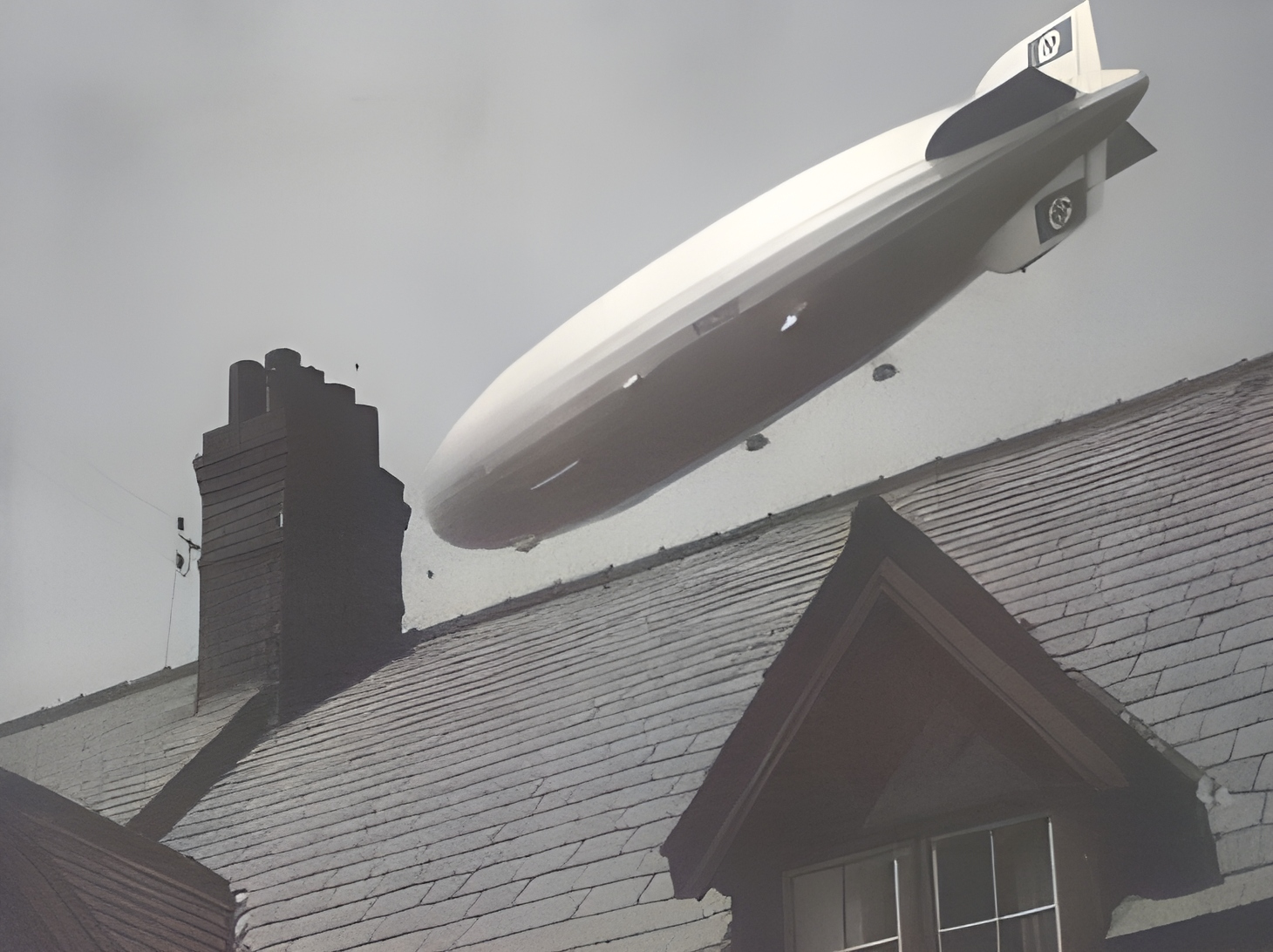 >
>
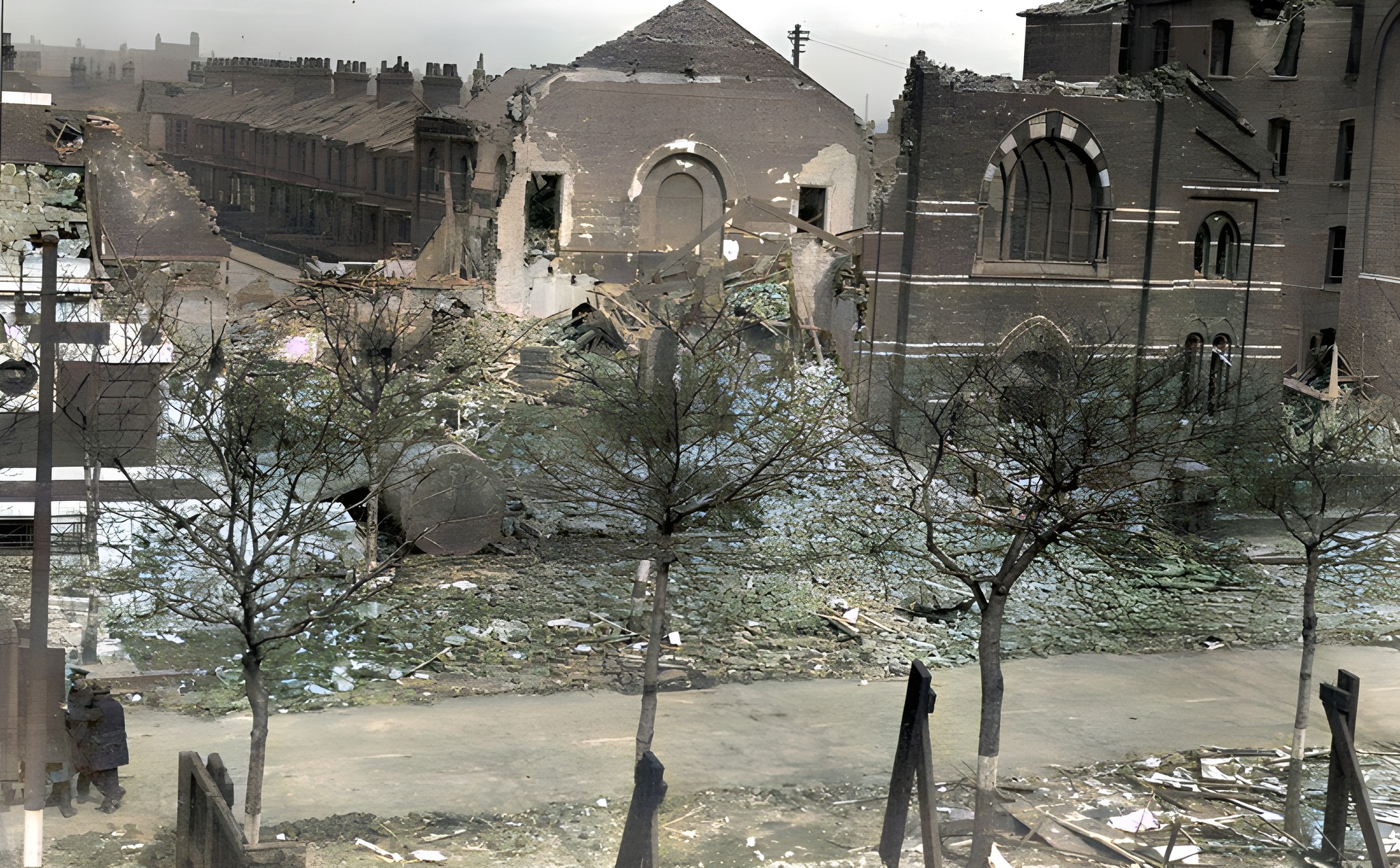 >
>
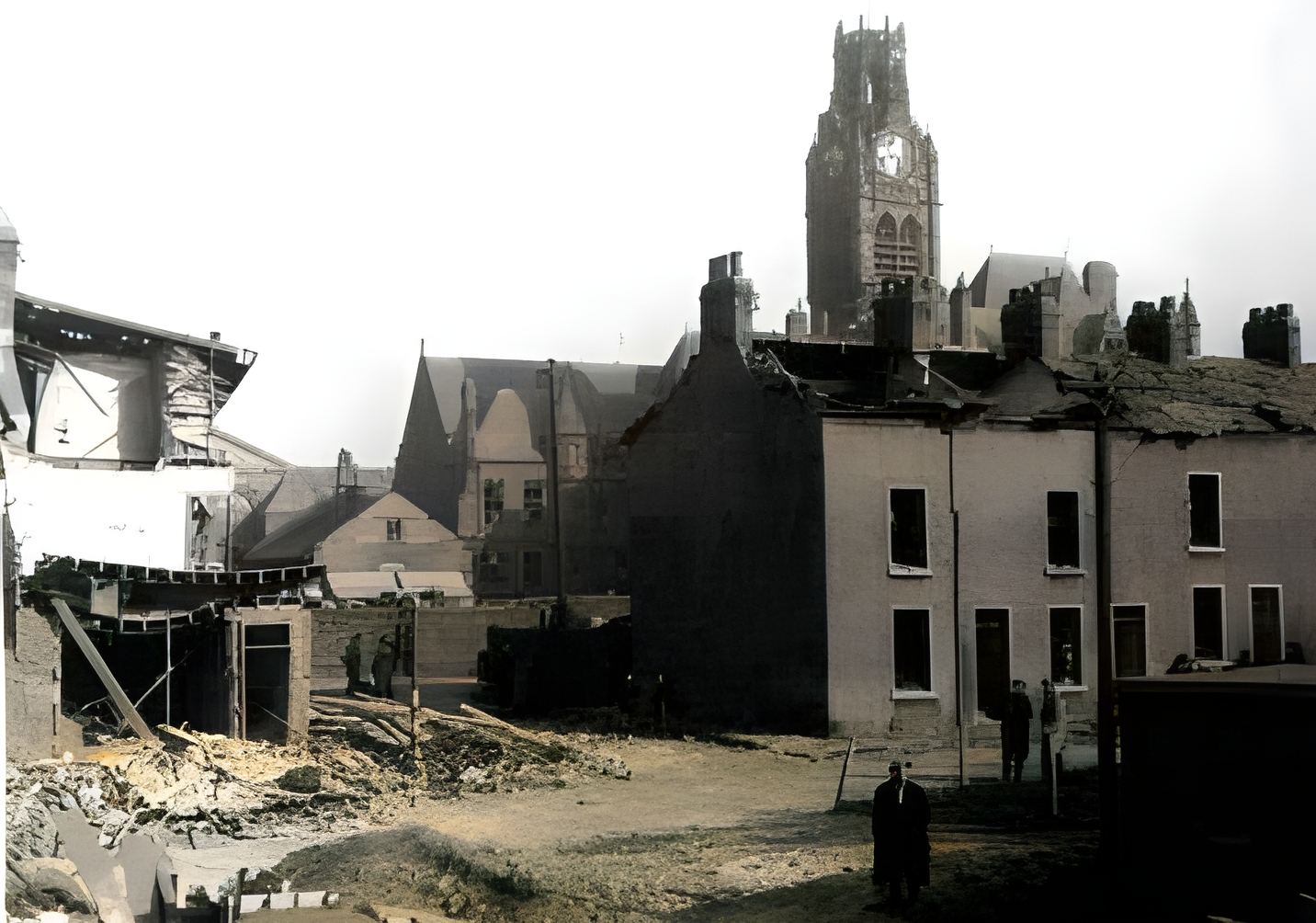 >
>
From Airship Wonder to Wartime Resilience: Barrow-in-Furness Remembers #BarrowHistory #Hindenburg #BarrowBlitz Barrow-in-Furness, a town synonymous with industry and fortitude, experienced a period of contrasting events in the mid-20th century. In 1936, the silver behemoth of the Hindenburg, a pioneering German airship, hummed gently as it majestically glided over Walney Island, casting its immense shadow on the windswept dunes. The air vibrated with the thrum of its engines, a symbol of the era's fascination with aviation. Fast forward just a few years, and Barrow found itself on the frontline of a different kind of aerial encounter. During World War II, from September 1940 and intensifying in April and May 1941, the Luftwaffe launched a series of bombing raids known as the Barrow Blitz. The piercing wail of air raid sirens shattered the peace, and the night sky flickered with the ominous glow of searchlights. Their primary targets were the crucial Vickers shipyard, with its clanging metal and fiery furnaces, a vital producer of submarines for the Royal Navy, and the Barrow steelworks, then the largest in the world, where molten steel glowed like angry lava. Facing the onslaught: While the Luftwaffe rained bombs, Barrow wasn't defenceless. Walney Island, guarding the town's approach, housed two key coastal artillery installations - Hilpsford Fort and Fort Walney. The salty tang of the sea air mingled with the acrid smell of gunpowder as these forts, along with numerous pillboxes scattered across the coastline, served as lookout points and housed light weaponry to engage enemy aircraft. Soldiers huddled in the damp concrete bunkers, their ears straining for the drone of approaching bombers. The town itself had a network of anti-aircraft defences, with headquarters surprisingly located in the seemingly inconspicuous Furness Abbey Hotel. This strategic choice, however, backfired in May 1941 when the Luftwaffe targeted the hotel, reducing its elegant façade to a pile of rubble and splintered wood. The high cost of resilience: Despite these defences, the limitations of wartime bombing technology resulted in civilian areas suffering tremendously. The Blitz claimed over 80 lives, injured 330, and destroyed or damaged a staggering 10,000 houses – a quarter of the town's housing stock. The streets, once filled with the laughter of children and the clatter of horse-drawn carts, were now choked with dust and debris. The town centre wasn't spared either, with landmarks like the Waverley Hotel, Christ Church, and the Abbey Road Baptist Church suffering complete destruction. The air was thick with the smell of smoke and the bitter taste of fear. The Barrow Blitz stands as a stark reminder of the sacrifices civilians endured during wartime. Yet, it also serves as a testament to the unwavering spirit of the town and its people. Amidst the chaos and destruction, they found strength in community and resilience in the face of adversity. #LestWeForget #HomeFrontHeroes